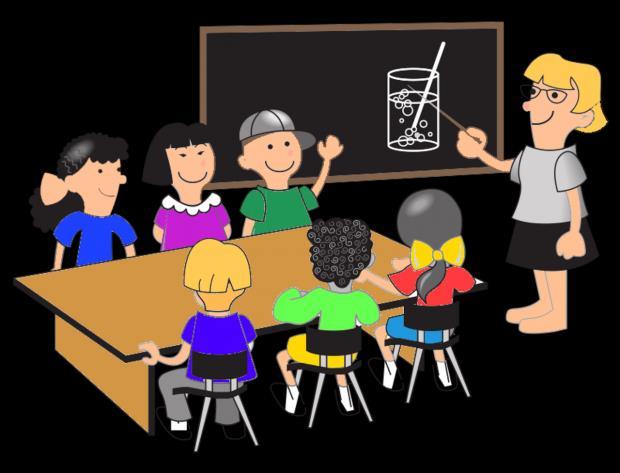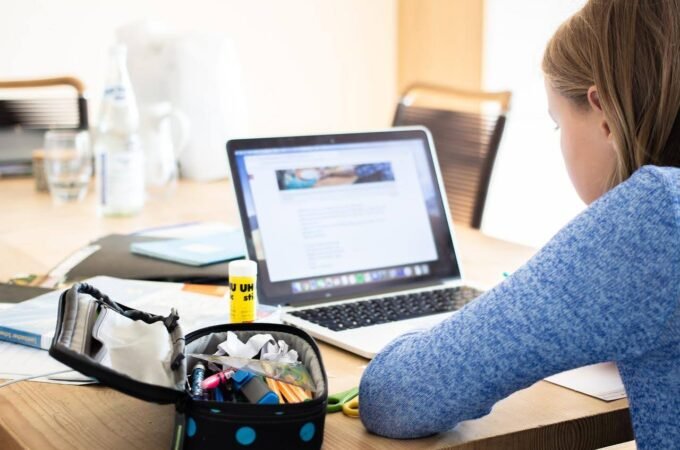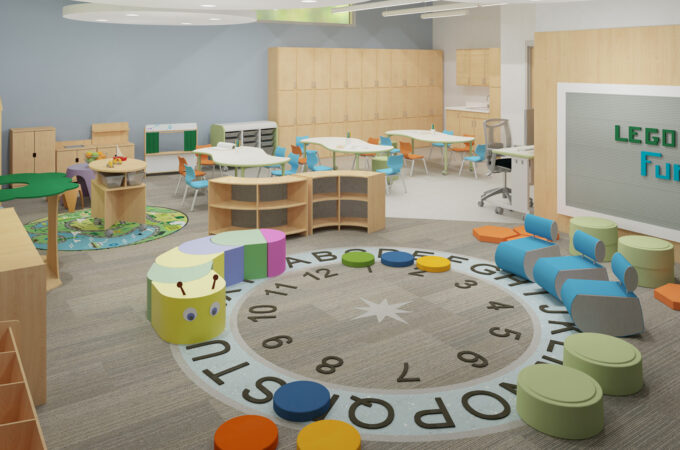
8 Effective Teaching Tips for Children with Special Needs
Schools usually lack the resources to provide individual attention to children. Since classrooms generally thrive with a single competent teacher, it is not considered necessary to pay close attention to each student’s progress is not considered necessary.
However, the situation may call for a different approach when working with special needs children. Instead of overburdening the classroom teacher, many schools employ special education teachers who work closely with these students. Due to their years of academic learning and work experience in different schools, these teachers are best suited to special needs students.
Know what you are dealing with
Teaching children with special needs can be challenging as there isn’t just one type of condition you have to cater to. The challenges range from physical disabilities or developmental delays to emotional problems and sensory issues, making it difficult for teachers who are unsure how best to approach each case.
As a teacher, you must nurture and care for these children. You must identify their interests to reach a potential beyond what is expected of them, which is central to building an identity free of limitations.
Teaching those with special needs may seem difficult at times, but it’s all worth it when we see our students succeed in life. If you wish to do justice in teaching children with special needs, seek education that will assist you in the right direction.
If you’re already employed full-time, taking a master’s course online will allow you to maintain a flexible schedule. For further inquiries about the course, you can visit the website of your enrolled university. There you will find all the answers about an online master’s degree in Special Education that you need. Gaining skills through this degree is vital to becoming a competent practitioner.
Make sure your lectures are comprehensible by all
Individuals in your classroom can have autism, ADHD, emotional disturbances, visual impairments, and many other concerns. You must make sure that your teaching style is comprehendible by all.
A Child with visual impairments might not be able to see the board as clearly as the child with ADHD, but the latter might not focus as long as the first. Each child must therefore be treated differently.
A good place to start would be to find out what kind of needs each student has. You can do this by setting up a meeting with their parents and guardians. Understanding the difficulties a child faces will allow you to accommodate them more effectively. Before teaching, you must get to know each student personally. It will help you throughout the year.
The next step is to make arrangements for their comfort. Setting up a multimedia projector closer to the child with visual impairments can be a good idea. The child with ADHD might also have to be reminded of a few cues to keep them focused.
Additionally, you might need to modify assessment techniques for all students when it comes to testing. Although it sounds like a lot of work, it is also highly rewarding. Taking care of all needs requires a bit of creativity. It is essential for each child’s development and performance.

Ask for feedback frequently
We Teachers who ask for feedback on their lectures make students feel valued. It also encourages them to pay more attention in the classroom. However, the most important thing it does is to help the child express any concerns they may have.
Children with special needs usually understand things at a slower pace. To make sure they are following you, make a habit of asking them if they understand the concept. Questions like “does this make sense?” or “do you want me to repeat it?” can be very helpful in getting students to share their difficulties. Always remember that experience is also a teacher. Applying learning methods, like the Gibb’s Reflective Cycle which is widely used in Singapore, will be immensely helpful for them.
Take things slow, and do not forget to take breaks
It can be difficult for children with special needs to understand a huge chunk of information at once. To avoid this from happening, you must emphasize each concept. Your schedule should not be fast-paced.
Take your time explaining things and break information down into smaller sections. Ensuring that your students understand what you’re teaching is more important than completing a topic on time. Adding extra space beforehand will keep you from trouble during the semester.
There is no questioning the fact that studying is exhausting. It can even be more problematic when you lose focus easily or work extra hard to understand something. When this happens, small breaks become a necessity. Even a small 3 to 5-minute rest can be sufficient to refresh your mind. Your students can also freshen up, walk around, and drink water during this time. By the time you resume classes, they will be a lot more energetic and focused.
There is no need for complexity
It is easy for special children to become frustrated by complicated tasks and projects. Make sure the lessons and assignments are simple. It does not mean you compromise on the quality of education you provide. It is just a reminder to eliminate any unnecessary complexities. Their lives are already quite stressful. The way you teach must remove any extreme anxiety.
Stick to a routine
Changing routines can be a lot to manage. When it comes to children with special needs, it goes beyond challenging. Autistic children like having a predictable schedule. When dealing with autistic children, avoid things that are not part of their day-to-day routine. If there is an important thing out of schedule, let your students know beforehand. It will give them the time to prepare themselves as unexpected events mentally can be more disturbing for them rather than surprising.

Try to teach social skills in your lesson
Autistic children can struggle to communicate, read facial expressions, and understand emotions. Allow them to interact with their classmates to prevent them from engaging in self-stimulating behaviors. You can also facilitate discussion groups to ask questions about the lesson and participate. Make sure you give them enough time to prepare their responses. Moving on to another student quickly can be stressful for them.
Your children must be able to understand the concept of appreciation. Encourage participation. A pat on the back or a comment such as “good job” or “I am glad you tried” can make a significant difference in their willingness to participate in class.
Create a trigger-free environment
Flashy lighting, loud sounds, or difficult topics can trigger some children in your classroom. A normal setting with calm surroundings will make your students much more comfortable. You should avoid anything that could trigger their anxiety. Take no chances.
Conclusion
It takes a great deal of care and affection to be a special education teacher. Your ability to unleash your students’ potential will determine their success, regardless of the challenges they face. You might find this physically and mentally exhausting, but these tips are sure to make the ride easier for you.
Remember that the opportunities you provide your students now will determine the kind of education and personal development in the future. So make sure that every step you take is well thought out. Lastly, enjoy your time with these innocent individuals. Let them teach you a thing or two about their lifestyles and challenges. It will truly be a learning experience for both of you.




